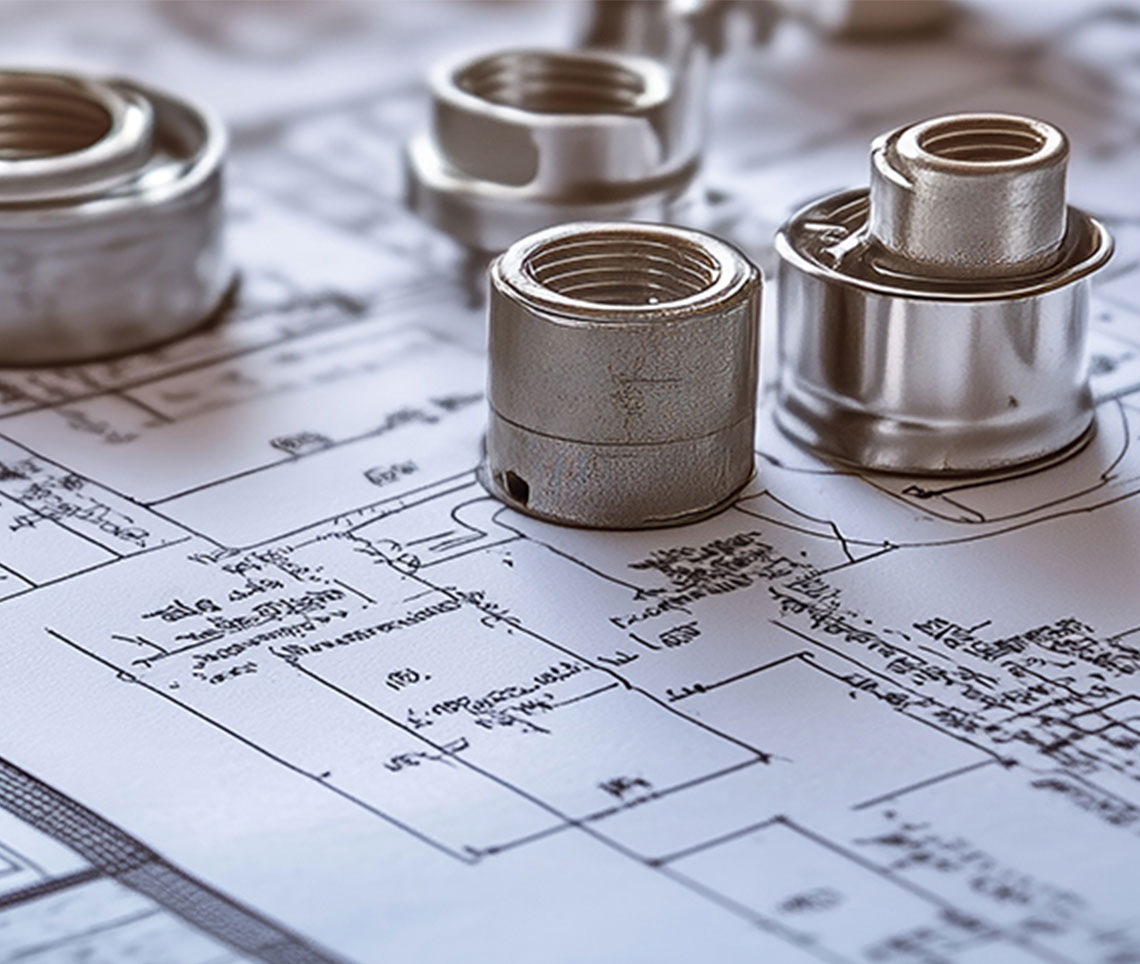Properly Sizing A Filter
December 11, 2018 Jeff Rosenblum
There are many misconceptions when it comes to properly sizing a filter. Many installation and service technicians believe that a filter should be sized based on a “rule of thumb”. The truth behind filter sizing lies in the required velocity and air volume for each individual system.
Calculating velocity for a system can be accomplished using basic tools and a “ductulator”. This velocity can be manipulated by increasing or decreasing the duct size. Each filter is rated at a certain velocity to provide optimal filtration. For example: a media filter may require 400 FPM to provide optimal filtration, but your duct design specifies a velocity of 800 FPM. In order to satisfy the requirements for the filter, the duct sizing should be increased as the air is introduced to the filter. Then decreased as it leaves the filter. This will allow for a velocity drop at the filter; the velocity will then increase as it passes through the remaining return duct and back to the unit.
Remember, Just because the filter says it removes more dust doesn’t mean it is better for that specific system. Many times, there is a give and take for filters. If the filtration is better, it restricts more air. So while it may remove more dust and other allergens, it is at the expense of airflow. If the airflow drops too low, your heating and air conditioning performance can suffer. Filter performance and size must be taken into consideration when the system is designed and installed.
Jeff Rosenblum
Technical Support
19 Years Industry Experience
Cell (330) 962-2491
[email protected]















